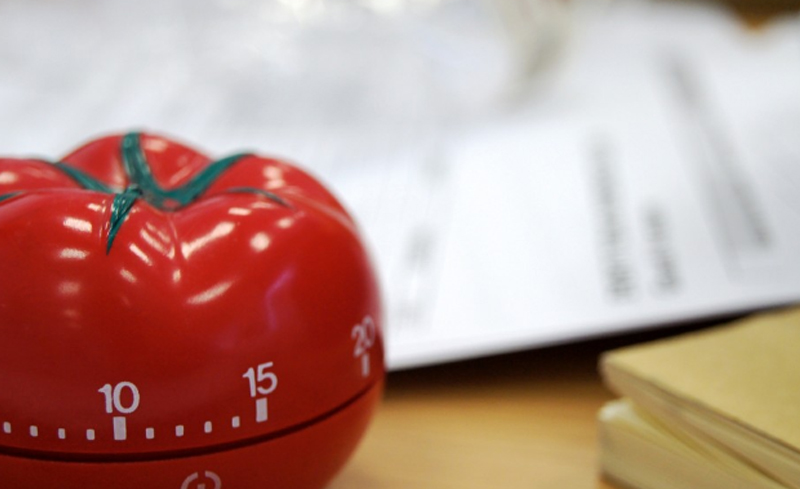How To Get More Work Done in Less Time

How many hours a day do you spend at work? Do you feel drained when you get home and still you were unable to finish the day’s worth of work? That is a classic case of unproductivity. Oftentimes, we associate working longer hours with accomplishing more work but the reality is we’re spending more of our battery being flustered and overwhelmed with the long list of things to do rather than actually getting anything done. It’s not only that we try to get a lot of things done but we try to do them at the same time.

Our brains are not built for multitasking. Working on one task, reading the latest news article on the upcoming elections for example, and then suddenly shifting to another, writing a feature on the latest breakthrough in technology, strains the gears of our brain because the first task is on pause in the background. This is called context switching. Similar to a computer, the brain and body slow down when you’re running multiple actions at once. Functioning under this mixed mode causes you to get less done no matter how long you work. Some people multitask when they’re hustling to make a deadline. However, there are others who are constantly in mixed mode. How can you tell if that’s you?
- You’re ‘in the zone’ until something distracts you. You allow yourself to be productive but sidetracked as well. At that point, you start something new and have to shift gears to return to your original task. Focusing is not your strong suit.
- You never unplg. Not only are you constantly juggling two or three things at work all the time but you’re juggling after hours too. You’re never not working, at home, on the weekends, over the holidays. You don’t give yourself the time to relax and recharge so you’re constantly running on 30%.
- You don’t take breaks. Being on beast mode until the task at hand is 100% complete is your way to go. When you ignore your brain telling you to take a breather, you use up your energy faster. When beast mode tapers, you lack the energy to recharge and lose all momentum.
The body clock is a real thing and they natural, pre-set “work and rest” cycles. A computer that is constantly on, never allowed to reboot, will damage the machinery but a computer on sleep mode all the time can’t get anything done. How do you balance between being up and running and being on sleep mode? Work on one task and stress your muscles a little then take a short break to allow them to stretch and recharge.

Productivity experts say that a work-rest ratio of 3:1 works wonders. It’s not a strict set ratio, you can adjust as necessary but the important thing is you don’t mix the tasks or focus between the two. The Pomodoro technique is a good way to start your multitaker’s cleanse. Using a physical timer, with an alarm, prevents you from making excuses to stop working. If you stay faithful to your prescribed work and rest cycles, the number of hours you work in a day are fully utilized. If you are at work 8 hours a day, using the 3:1 ratio working 90 minutes straight then taking a 30 minute break, you end up working only 6 hours in total but those 6 hours are “non-stop” working hours. Without the distractions, those 6 hours can accomplish more than flustered, overwhelmed, and sidetracked 8 hours. By the time you get home, you’re not a drained zombie who still has work to finish. Allowing your brain to recharge and your body to reboot when they need to will keep you in tip top work shape and productive throughout the day.





No comment available yet!